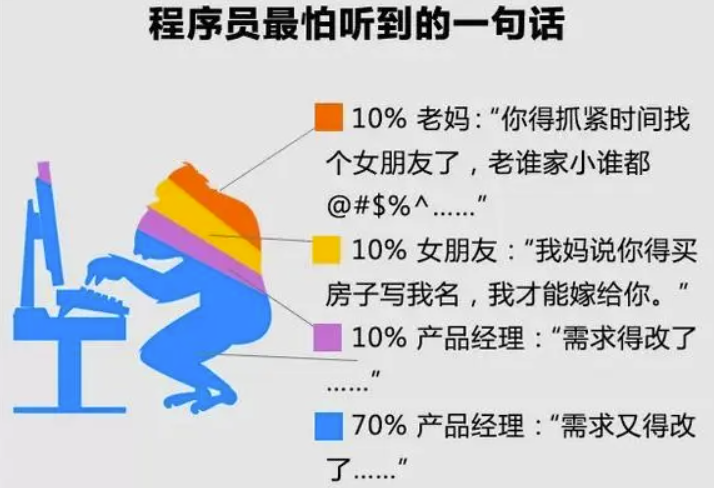LRU(Least Recently Used,最近最少使用)算法是一种常用的缓存替换策略,用于管理缓存中的数据。其基本思想是:如果一个数据在最近被访问过,那么将来被访问的可能性也更高;反之,如果一个数据在很久以前被访问过而现在没有使用,说明它不太可能再被使用,因此可以将其淘汰。
LRU 算法的基本步骤
初始化:
- 创建一个固定大小的缓存。
- 使用哈希表(或字典)快速查找缓存中的数据。
- 使用双向链表维护数据的使用顺序。
获取操作 (
get(key)):- 如果该键存在于缓存中:
- 将对应节点移动到双向链表头部,表示它是最近使用的数据。
- 返回该节点的值。
- 如果该键不存在,返回-1或其他指示未找到的数据。
- 如果该键存在于缓存中:
插入/更新操作 (
put(key, value)):- 如果该键已经存在:
- 更新其值,并将对应节点移动到双向链表头部。
- 如果该键不存在且缓存未满:
- 在链表头部插入新节点,同时在哈希表中记录其位置。
- 如果缓存已满:
- 淘汰双向链表尾部的数据(即最久未使用的数据),并从哈希表中删除对应项。
- 将新节点插入到头部,同时更新哈希表。
- 如果该键已经存在:
示例代码
以下是Python实现LRU算法的示例:
class Node:
def __init__(self, key, value):
self.key = key
self.value = value
self.prev = None
self.next = None
class LRUCache:
def __init__(self, capacity: int):
self.capacity = capacity # 缓存容量
self.cache = {} # 哈希表,用于O(1)访问
# 双向链表头尾哨兵节点
self.head = Node(0, 0)
self.tail = Node(0, 0)
self.head.next = self.tail
self.tail.prev = self.head
def _remove(self, node: Node):
"""移除指定节点"""
prev_node = node.prev
next_node = node.next
prev_node.next = next_node
next_node.prev = prev_node
def _add_to_head(self, node: Node):
"""将节点添加到双向链表的头部"""
node.prev = self.head
node.next = self.head.next
self.head.next.prev = node
self.head.next = node
def get(self, key: int) -> int:
if key in self.cache:
node = self.cache[key]
# 移动到头部并返回值
self._remove(node)
self._add_to_head(node)
return node.value
return -1
def put(self, key: int, value: int) -> None:
if key in this.cache:
# 更新现有节点并移动到头部
existing_node= this.cache[key]
existing_node.value=value
# Move the updated node to head of the list
this._remove(existing_node)
this._add_to_head(existing_node)
else:
newNode=Node(key,value)
if len(this.cache)==this.capacity:
tail=this.tail.prev
this._remove(tail)
del this.cache[tail.key]
this._add_to_head(newNode)
this.cache[key]=newNode
# 示例用法:
lru_cache = LRUCache(2) # 初始化容量为2
lru_cache.put(1, 1) # 缓存为 {1=1}
lru_cache.put(2, 2) # 缓存为 {1=1, 2=2}
print(lru_cache.get(1)) # 返回 1,并将 1 移动到最近使用位置,缓存为 {2=2, 1=1}
lru_cache.put(3, 3) # 淘汰关键字 2,缓存为 {1=1, 3=3}
print(lru_cache.get(2)) # 返回-1 (未找到)
lru_cache.put(4, 4) # 淘汰关键字 1,缓存为 {3=3, 4=4}
print(lru_cache.get(1)) # 返回-1 (未找到)
print(lru_cache.get(3)) # 返回3,并将其移动到最近使用位置,缓存为 {4=4 ,3=3 }
print(lru_cache.get(4)) # 返回4,并将其移动到最近使用位置,缓存为 {3=3 ,4=4 }
总结
LRU算法通过结合哈希表和双向链表,实现了O(1)时间复杂度内完成获取、插入和淘汰操作。这使得LRU成为一种高效且实用的缓存管理策略,在很多场景下得到广泛应用,比如网页浏览器、数据库查询等。
内容由零声教学AI助手提供,问题来源于学员提问




















